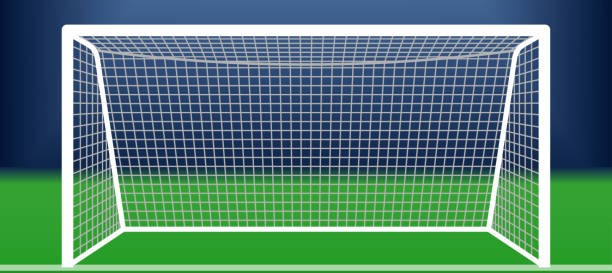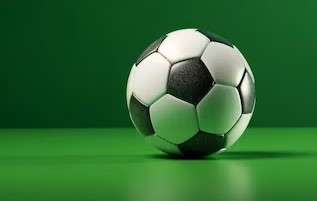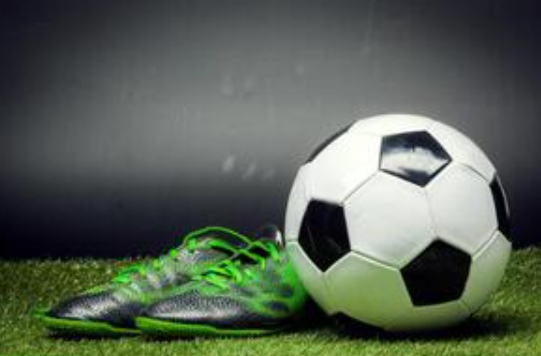













FOOTBALL ATTIRE AND EQUIPMENTS.

In football, players must wear specific attire and use certain equipment to ensure safety and proper identification
during the match. The football kit and equipment are regulated by the Laws of the Game, primarily for safety, fairness,
and organization. Here's a breakdown of the standard football attire and equipment:
Jersey (Shirt):
-
▫ Each player wears a jersey (or shirt) with their team's colors and design.
▫ The jersey typically has the player's number on the back for identification purposes, and sometimes their name.
▫ Goalkeepers wear distinctive jerseys in a different color from their teammates, opponents, and the referee to distinguish them easily.
Shorts:
-
▫ Players wear **shorts** that match their team’s colors.
▫ Goalkeepers can wear long pants or track bottoms for added protection.
Socks:
-
▫ Players wear long socks (stockings) that usually cover the shin guards and extend to just below the knee.
▫ Socks should match the team’s colors and are part of the uniform.
Shin Guards (Shin Pads):
-
▫ Shin guards (also called shin pads) are mandatory and worn under the socks to protect the player's lower legs from impacts and tackles.
▫ They are made from materials like plastic, foam, or fiberglass to absorb shocks and minimize injuries.
Cleats (Football Boots):
-
▫ Football players wear cleats (also called football boots), which are shoes with special studs or spikes on the sole to provide grip and traction on the playing surface.
▫ The type of cleats varies depending on the playing surface (e.g., firm ground, soft ground, artificial turf, indoor).
▫ Cleats are typically made from leather or synthetic materials and are designed for comfort, control, and stability.
Goalkeeper’s Additional Equipment:
-
Goalkeepers have a few additional or different pieces of equipment due to their unique role:
▫ Gloves: Goalkeepers wear gloves to improve grip and protect their hands when handling the ball.
▫ Padded jerseys or pants: Goalkeepers often wear padded clothing to protect their elbows, knees, and hips when diving.
Captain's Armband:
-
▫ The team captain wears a captain’s armband on their arm to identify them as the team leader on the field. This player communicates with the referee on behalf of the team.
Optional and Additional Equipment:
-
Players may wear additional protective equipment, as long as it doesn’t pose a danger to themselves or others. Common optional items include:
▫ Headgear: Soft protective headgear is allowed for players concerned about head injuries.
▫ Gloves: Outfield players may wear gloves, especially in cold weather.
▫ Undershirts/Compression Wear: Players can wear undershirts or compression gear, but the color must match the primary color of the jersey or shorts.
▫ Ankle Guards: Some players wear ankle guards for extra protection.
Prohibited Equipment:
-
For safety reasons, the following items are not allowed:
▫ Jewelry: Rings, necklaces, earrings, bracelets, and other forms of jewelry are prohibited during play to avoid injury to players or others.
▫ Sharp or dangerous objects: Anything that could harm another player, like hair clips or watches, is banned.
▫ Hard casts: If a player has an injury that requires a cast or splint, it must be soft or padded for safety.
Match Ball:
-
▫ The football ball is spherical, made of leather or synthetic materials, and is inflated to a specified pressure (usually between 410-450 grams).
▫ The size of the ball used in professional matches is Size 5. Younger age groups may use smaller balls (Size 3 or 4) to suit their playing level.
Referee’s Equipment:
-
The referee and assistant referees also use specific equipment to officiate the match:
▫ Whistle: To start, stop, or pause play.
▫ Cards: Yellow and red cards for cautioning or sending off players.
▫ Notebook: To record fouls, goals, substitutions, and other game details.
▫ Flags: Assistant referees use flags to signal offside, fouls, or the ball going out of play.
Other Match Equipment:
-
▫ Corner flags: Placed at the four corners of the field, marking the boundaries.
▫ Goalposts and crossbar: The frame of the goal is made of two vertical posts and a horizontal crossbar.
▫ Nets: Attached to the goalposts to catch the ball when a goal is scored.
Summary:
-
▫ Mandatory equipment includes a jersey, shorts, socks, shin guards, and cleats.
▫ Goalkeepers wear additional gear like gloves and padded clothing.
▫ Jewelry and other potentially dangerous items are prohibited for safety.
▫ The ball used is size 5 for adult play, and teams must use the correct kit to match competition regulations.
All of these items are regulated to ensure both player safety and uniformity during the match.




























